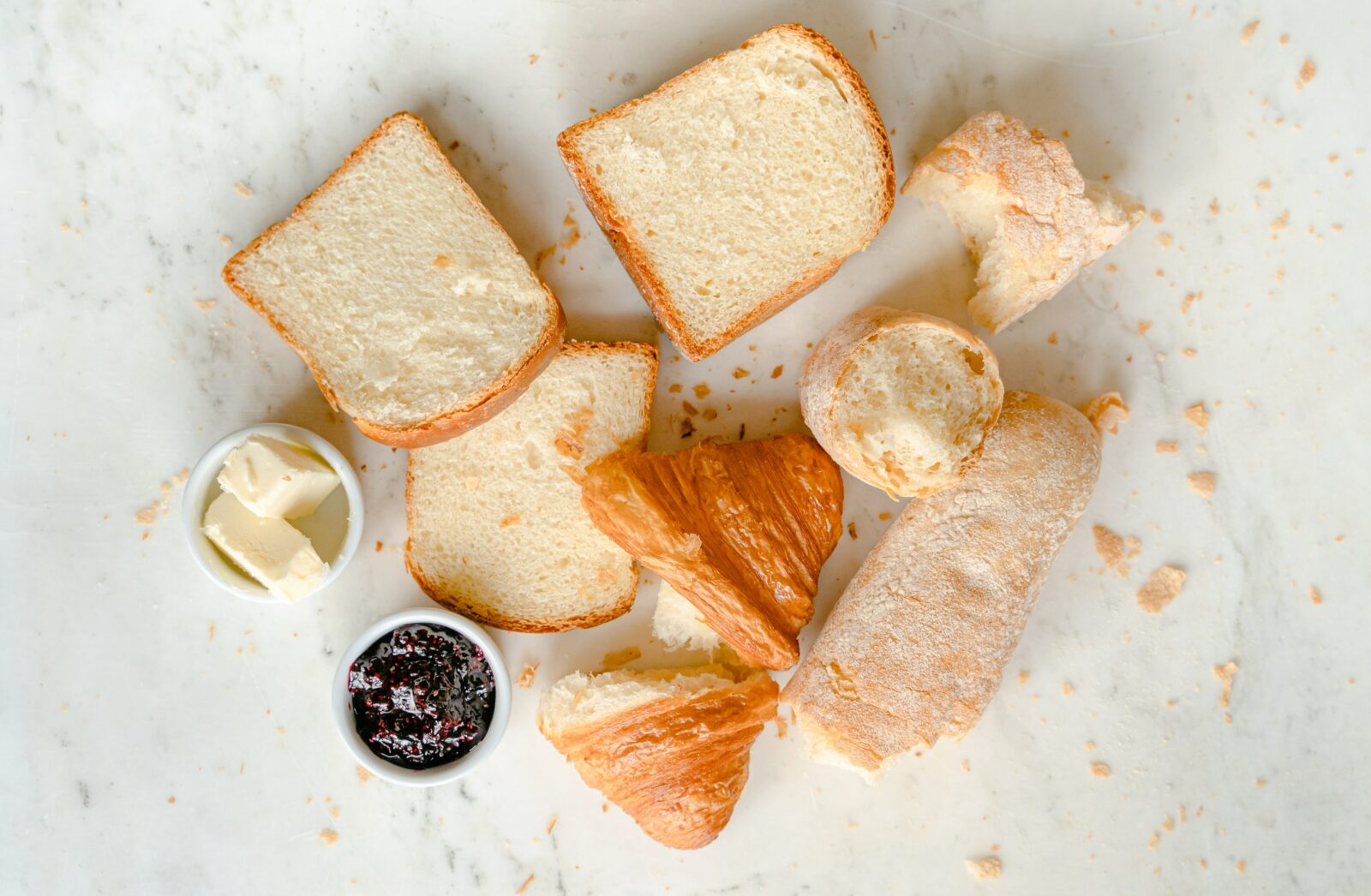Many people have concerns about the effects of gluten on the body, and it is true that those who suffer from celiac disease can be negatively affected if they consume gluten. Gluten is a protein found in wheat, barley, rye and oats. While foods made with these ingredients are obviously off-limits for someone with celiac disease, many people wonder about the effects of gluten on those without celiac disease.
Gluten free bread
Gluten free bread can be made from any number of alternative flours and still taste good. They are typically higher in fiber than their counterparts because they rely on more whole grains for their structure. They also tend to be lower in calories because there’s less fat added during processing. But if the product is made with refined white flour, it may not offer many nutritional benefits over traditional bread products.
Is it healthier?
The answer to whether gluten-free bread is healthier than regular bread depends on the type of bread being compared. There are several factors to consider when deciding which is healthier:
- Carbohydrates
Gluten-free breads typically contain more carbohydrates than their gluten counterparts. This is because many of them contain rice flour, tapioca starch or some other ingredient to replace the gluten. In general, carbohydrates are thought to be less healthy than proteins and fats. However, not all carbohydrates are alike — brown rice and other whole grains tend to be healthier than highly processed white rice flour or cornstarch.
- Gluten type
Bread made with gluten typically contains wheat flour. Although wheat is a grain that’s often maligned due to its gluten content, it also contains B vitamins and other trace minerals that may be beneficial for health in small amounts.
- Fiber content
Fiber helps maintain a healthy digestive system, and it also slows down digestion, which keeps you feeling full longer after eating. While many non-wheat flours are naturally high in fiber, gluten-free products are often fortified with fiber to compensate for lack of wheat flour’s fiber content. However, they may contain added sugars to increase flavor or shelf life.











Leave a Reply